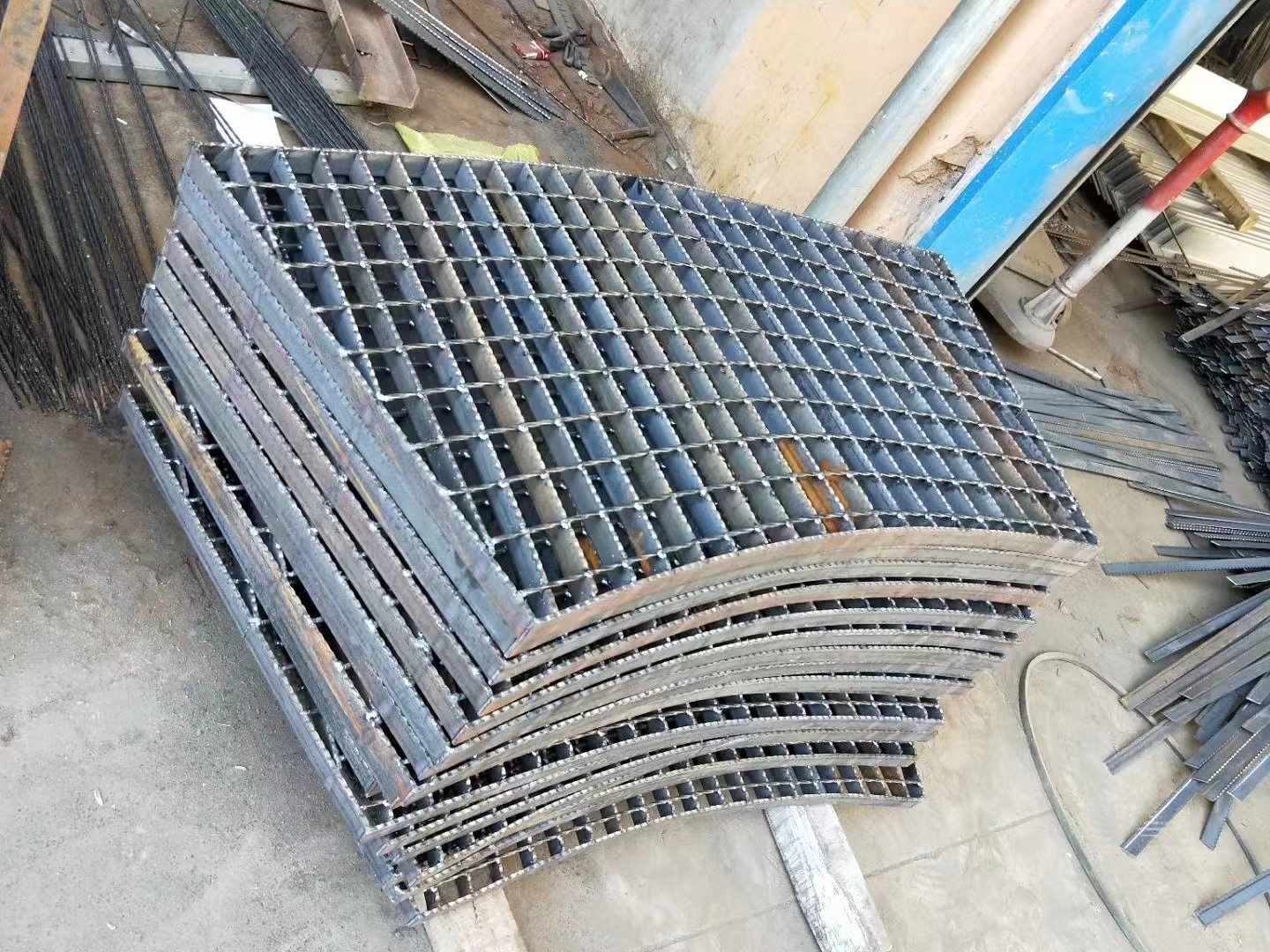Innovative Solutions for Flexible Bollards in Urban Infrastructure and Traffic Management
The Rise of Flex Bollards A Modern Solution for Urban Safety
In recent years, urban infrastructure has been undergoing significant transformations to enhance safety and functionality. One of the most innovative solutions gaining traction in cities worldwide is the use of flex bollards. These versatile road safety devices are designed to provide a flexible barrier between vehicles and pedestrians, transforming how we think about urban spaces.
Flex bollards are designed to bend upon impact, allowing vehicles to safely collide without causing significant damage. This feature is particularly beneficial in busy urban areas where pedestrian traffic often overlaps with vehicle flow. Unlike traditional rigid bollards, which can cause damage to vehicles or injure pedestrians during accidents, flex bollards offer a safer alternative that reduces the risk of injury and property damage.
One of the key reasons for the increased adoption of flex bollards is their ability to improve traffic management. Cities are constantly striving to create better environments for pedestrians, cyclists, and motorists. Flex bollards can be strategically placed to create designated lanes, guide traffic flow, and protect pedestrian walkways. By doing so, they can effectively enhance the overall safety and efficiency of urban transportation systems.
Moreover, the installation of flex bollards contributes to the aesthetic appeal of a city. Available in various colors, designs, and heights, these bollards can be customized to fit the unique character of a neighborhood. They not only serve a functional purpose but also contribute to the visual landscape, making urban areas more inviting and appealing. This aesthetic enhancement can foster community pride and encourage local engagement.
flex bollards

Another significant advantage of flex bollards is their durability and low maintenance requirements. Made from high-quality materials, these bollards are designed to withstand harsh weather conditions and resist wear and tear caused by vehicle collisions. This durability translates to cost savings for cities, as maintenance and replacement costs are minimized over time.
Additionally, flex bollards can be equipped with advanced technology such as LED lights or reflective surfaces to increase visibility, especially during nighttime. This feature further enhances their effectiveness in preventing accidents and ensuring pedestrian safety. Cities utilizing these technological advancements can significantly reduce the likelihood of accidents in high-risk areas.
Furthermore, as cities continue to adapt to the challenges posed by urbanization, the need for flexible safety solutions becomes critical. Flex bollards represent a forward-thinking approach to urban planning that prioritizes safety, accessibility, and aesthetic appeal. By integrating these devices into their infrastructure, cities can create safer and more vibrant urban environments.
In conclusion, the implementation of flex bollards is a promising trend in urban safety management. Their ability to provide flexibility during vehicle impacts, coupled with their aesthetic and durability benefits, makes them an ideal choice for cities aiming to enhance pedestrian safety and improve traffic flow. As urban landscapes continue to evolve, flex bollards stand out as a modern solution that addresses the complexities of contemporary urban life while promoting safety and community engagement.
-
Square Sewer Cover Enhances Urban SafetyNewsAug.01,2025
-
Pipe Fitting Requires Precise AlignmentNewsAug.01,2025
-
Manhole Step Is DurableNewsAug.01,2025
-
Manhole Cover Is Found WorldwideNewsAug.01,2025
-
Hole Cover Frame On RoadsNewsAug.01,2025
-
Gully Grate Improves Road SafetyNewsAug.01,2025
-
Man Hole Cover Round Load CapacityNewsJul.31,2025
